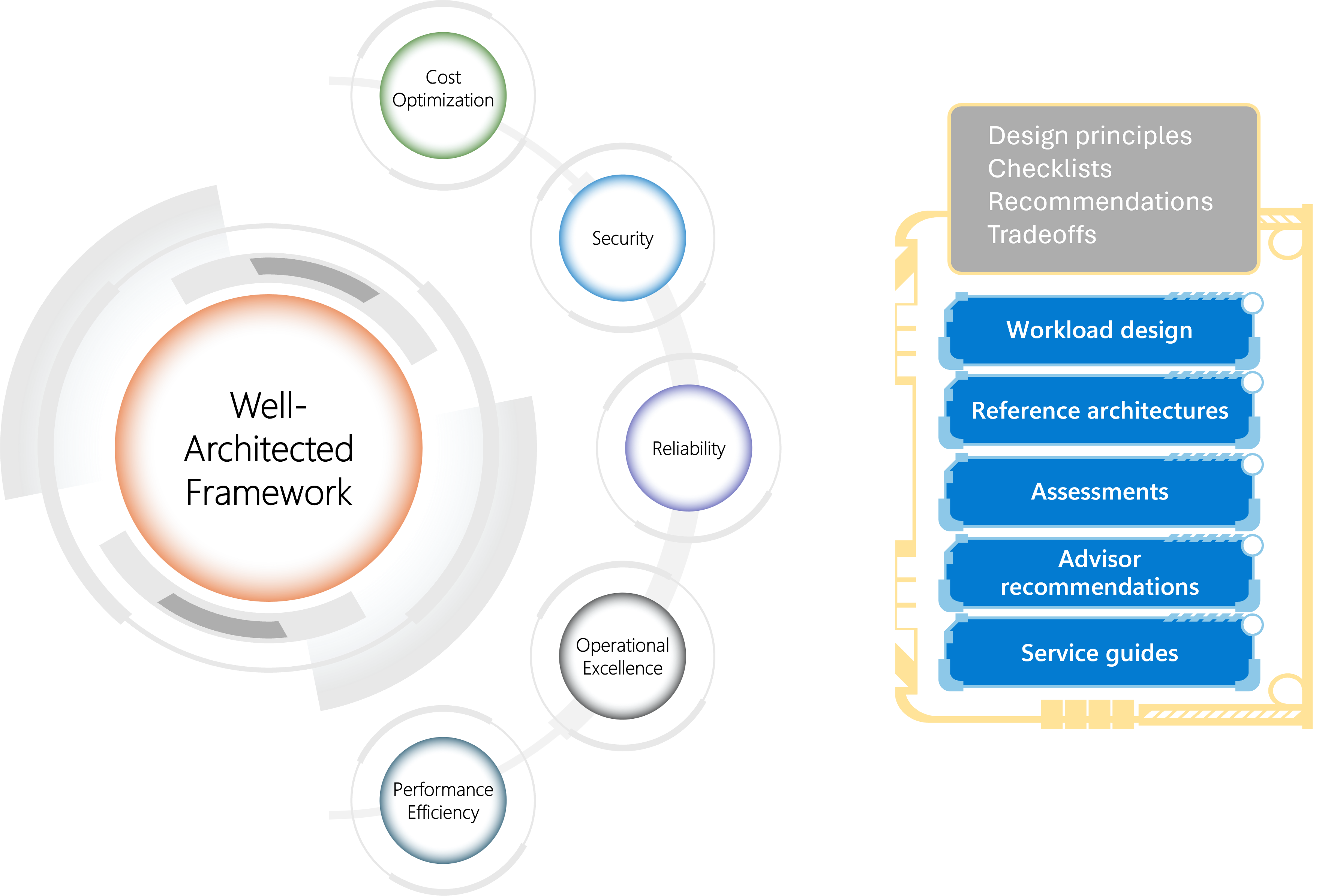Ensures that the workload meets the uptime and recovery targets by building redundancy and resiliency at scale.
- Health modeling combines business context with monitoring data to quantify the overall health of a workload.
- The health model provides a baseline to help identify drift from the expected operational state of a workload.
- Health models visualize health states across dependency chains, making it easier for operators to take action.
- The health score captures key business requirements as measurements to provide a meaningful view of workload health.

Follow us on the web